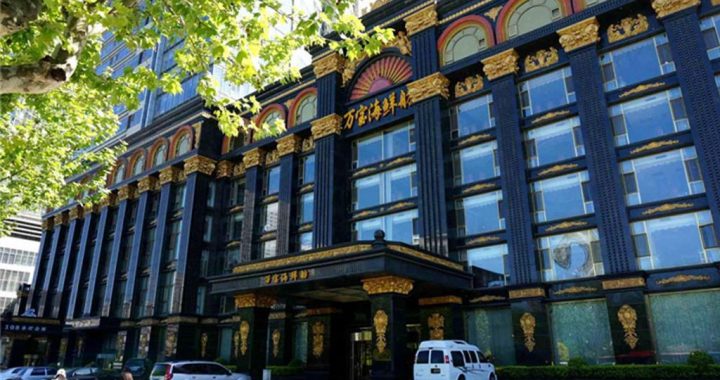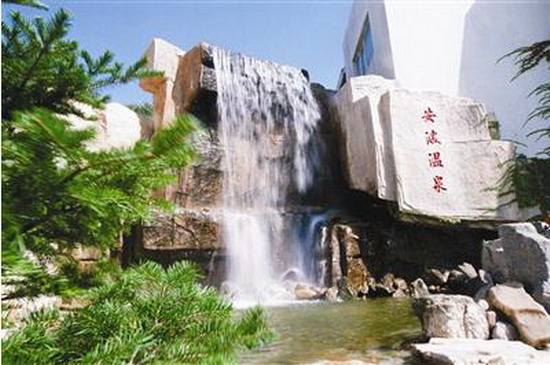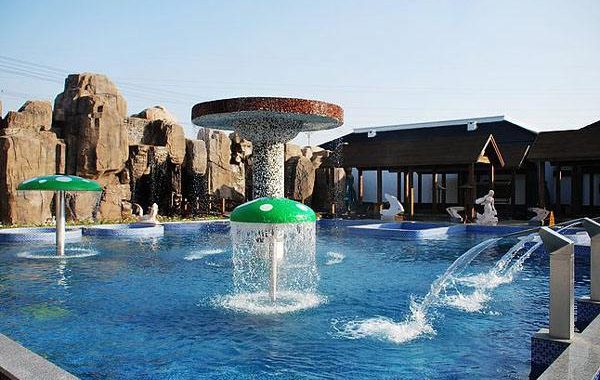Magic Longmen Hot Spring
4 min readAloe tang
Another popular Asian remedy for skin repair and anti-aging is aloe and it has long been popular in both the West and the East. As an ancient and natural remedy the aloe vera plant is most commonly used to heal and offer relief from burns and scrapes. Today, many sunburn applications, skin care treatments and make-up products use aloe vera as a main ingredient. As an edible plant both the juice and the pulp are commonly drunk as an elixir to boost antioxidants which is believed to improve skin and combat against the symptom of diabetes and heart disease. With aloe being one of those ancient plants that seem to be a “cure all”for so many ailments,a soak in an aloe vera bath is a common and useful relaxation therapy.

Lotus Leaves tang
Used as medicine for thousands of years in China, the Middle East and India, lotus leaves are still popular today in the holistic and natural remedy market. The leaves, either cooked or used in tea, have been cited in aiding in weight loss. All the parts of the lotus plant have in fact been used for medicine or to treat ailments. The water that is found in the root or bulb has traditionally been used to fight dehydration. The lotus seeds are used in popular sweet confections in China. The bulb as a vegetable is high in fiber. Many spas that cater to weight loss will use lotus products in their waters.
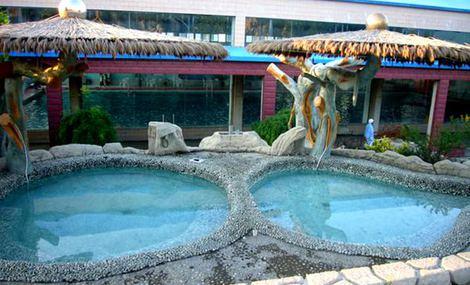
Jujube tang
Also known as the Chinese date, this fruit can be found all over China and is also gaining popularity outside of China. Either dried, pitted and candied, or crushed into a supplement, it is a popular remedy containing antioxidants. Some studies in the West are crediting jujubes as helping treat insomnia and relieve anxiety. As a good source of calcium, iron and manganese, the immune system may get a boost from consuming jujubes. Jujubes are quickly making their way into skin care products as well.
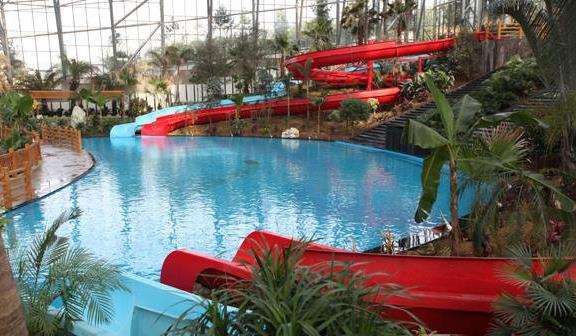
Chinese Yam tang
Yams like many tubers are not only a staple food in China but the powder made from these plants has long been used as a remedy for stomach aches and as an energy booster.
New research is showing that the Chinese yam can strongly reduce the levels of cholesterol and fat in our blood. More research is being conducted to see if this plant truly is a super food.

Osmanthus tang
The small, orange blossoms of the acanthus tree with their strong sweet smell are a traditional beauty enhancer due to the belief that the oil in their blossoms can help tighten and tone our skin. Today, some research is being done to show that osmanthus can reduce the effects of melanin, the natural skin pigment in most living beings. Aside from personal health, this has uses in foods that are being stored for long periods of time in that it can serve as a preservative.A forest of osmanthus has a radiating aroma that is both relaxing and fruity. Often mixed with other teas or by itself, drinking osmanthus infused elixirs is common and satisfying for those who enjoy tea.
Fleece Flower Root tang
While many hot springs around the world primarily promote their healing waters for aches and pains, some traditional medicinal treatments lean a bit more to our vanity than simple recuperation. Long seen in TCM as a treatment for hair loss, fleece flower root is a popular herbal treatment for this condition. As fleece flower root is seen to target the kidneys specifically, it is found to promote healthy blood which can in turn affect the health of our hair.
Rose Petal tang
While dropping rose petals into a bath is perhaps the most common opening to a romantic movie, the use of rose and other flower petals in a hot bath is thousands of years old. The fragrance of many plants is found in their oils which are released better when heated up. This mainly falls into the medicinal belief of aroma therapy as a treatment, but there is some belief that the astringent quality of roses in particular is equally beneficial to the skin. From a relaxation point of view, bathing in a bath filled with rose petals is the height of decadence and why so many people enjoy a visit to a petal-infused spa.

Plantain tang
The plantain, as a herb and less so as the fruit, has been used as a natural remedy for healing scrapes and cuts all over the world. For recovery, plantains appear quite often on lists of super foods for their healing properties in skin ailments. Wrapping the skin in plantain leaves traditionally is used in treating snake bites, as an anti-fungal and as astyptic-an astringent that can quickly stop external bleeding. Plantain seeds and extract have also been used as both a laxative and cure for internal infections.
